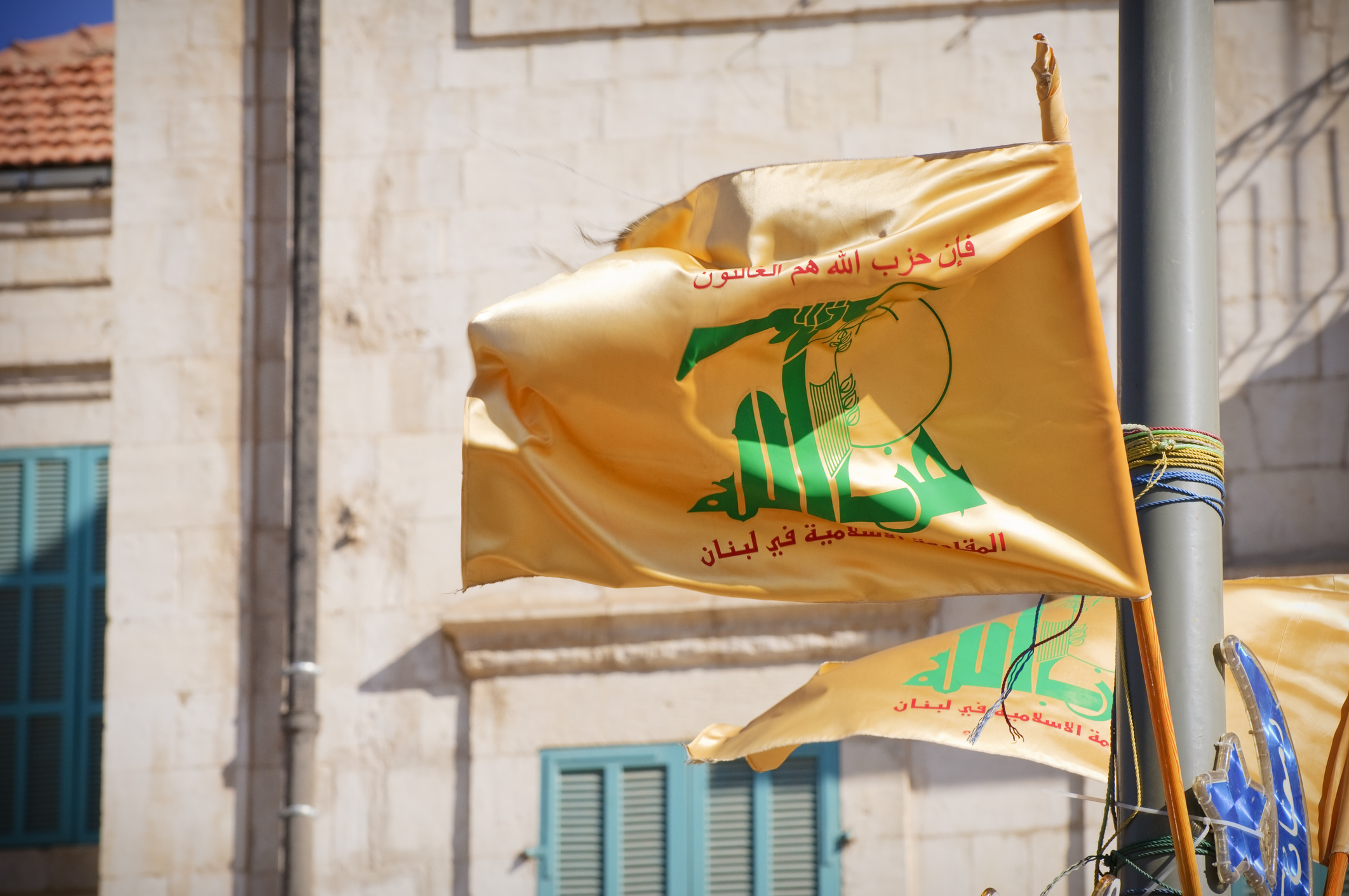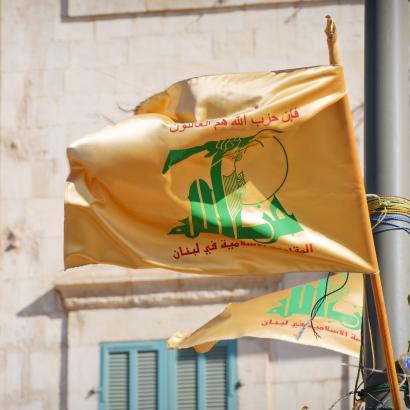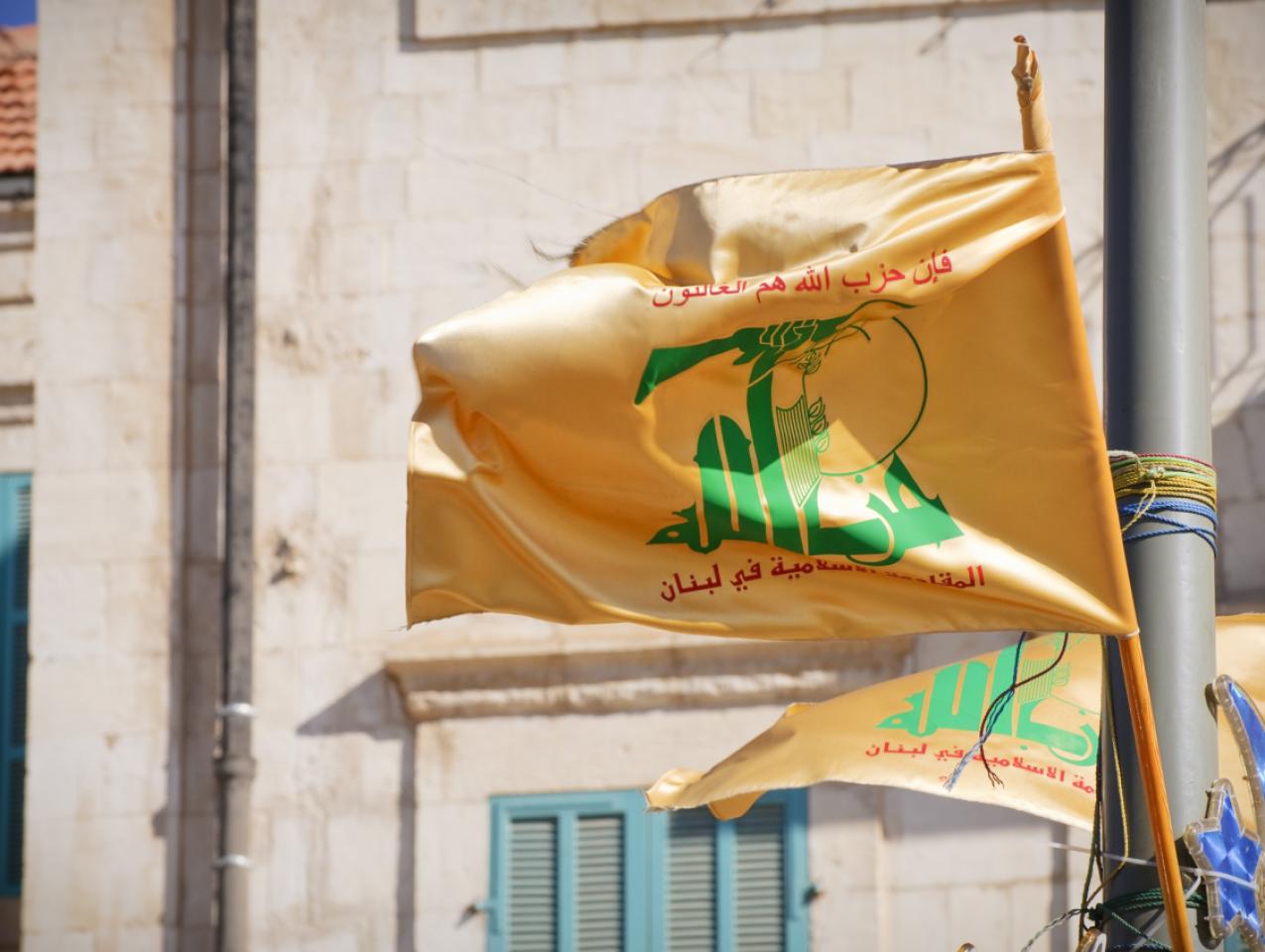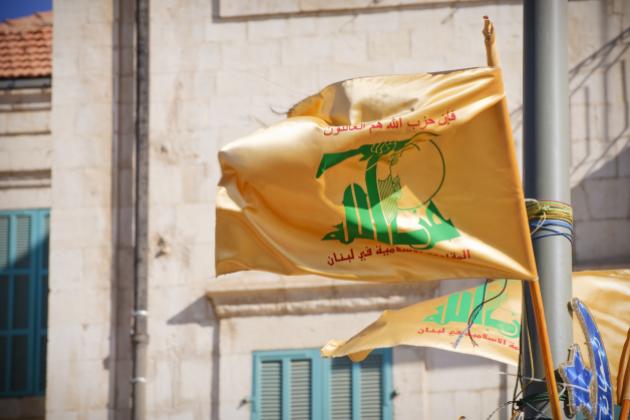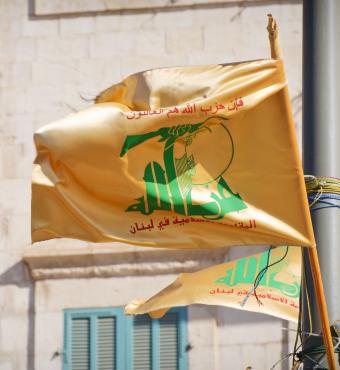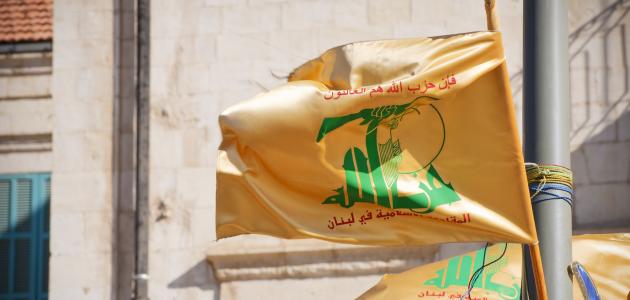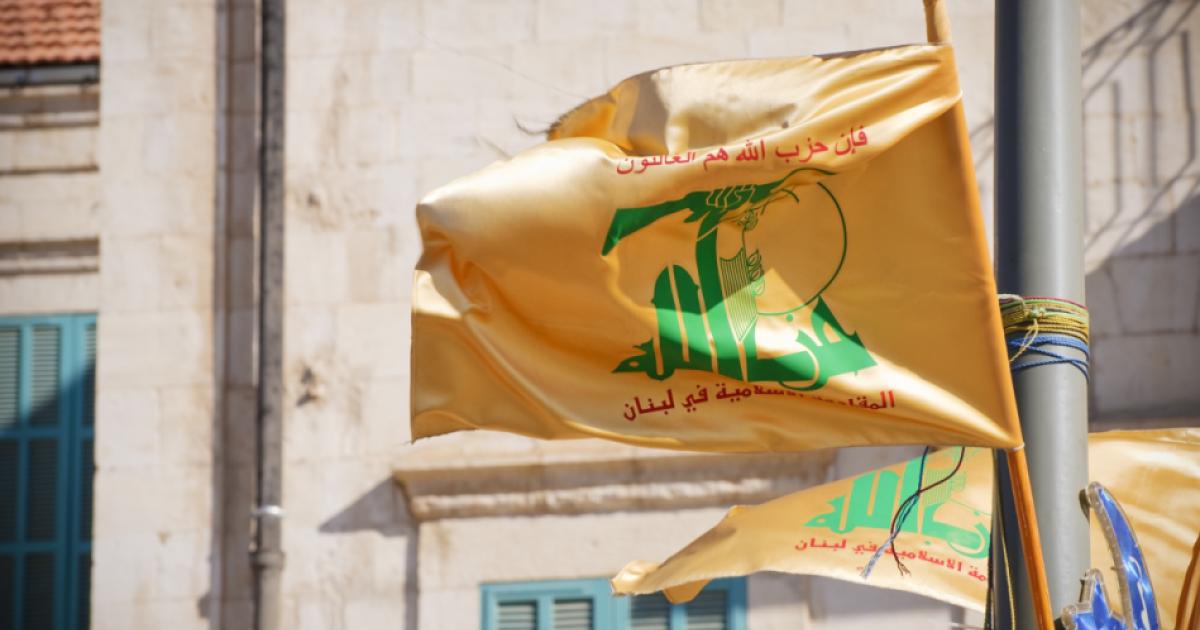Everyone agrees that Iran’s role and influence in the Middle East have grown exponentially in the past decade. From Yemen to Lebanon – through Iraq and Syria – Iran’s military and soft power increased, and its control of state institutions was consolidated. Despite the destruction and economic collapse that ensued, Iran still owns the political and security decisions –mainly in the Levant.
This is due to many factors, but it is certainly not because Iran is stronger than other players in the region, nor because it has more resources. On the contrary – the Iranian regime knows very well how to wait patiently until a space opens up, and it masterfully fills the gap with its militias and the little resources it can spare.
The reason for Iranian preeminence is the vacuum left by the Western powers, the Gulf, and the US. Syria and Lebanon are no longer a priority for the West and the Gulf States, and the revocation of previous attention and interests in the Levant has allowed the Iranian regime to insert itself without much military confrontation but rather with an augmented rhetoric of threats and intimidation. Without support from the West, the March 14 movement in Lebanon and the Syrian opposition in Syria were quickly and violently eliminated by Hezbollah. And without a sustainable policy to oppose Tehran’s control of these two countries, state institutions fell too quickly into Iran’s lap. Hezbollah today has a lot more control over Lebanon’s institutions simply because there are no competitors, and so they are not being held accountable for their crimes.
The gap between Western and local perspectives towards Iran is fascinating. It has become clear to the people of the region that Iran’s power and willingness to act is overestimated in the West. After years of sanctions and military challenges, Iran has missed many opportunities to react or respond to attacks against its interests, mainly in Syria. It is not interested, despite the rhetoric coming out of Tehran, in confronting the West militarily. Instead, Iran’s proxies have been busy using their weapons internally, against opposition and dissidents.
Countering Iran in the Levant – Hezbollah as an Example
Despite the decreased focus and bandwidth on this part of the region, the West – when it decided to act –hit Iran gravely and the response rarely matched the threats and scenarios the regime usually describes.
In the past decade, there have been four main examples where Iran was hit where it really hurt. The escalating US sanctions against the regime, the continuing Israeli strikes against Iran’s military facilities in Syria, the killing of IRGC’s Quds Force leader Qassem Soleimani, and US sanctions against Hezbollah’s allies in Lebanon. Iran’s response to all of these actions was much less than expected, especially after the killing Soleimani, who was the mastermind behind all of the regime’s endeavors in the region.
These actions are still hurting Iran and its regional proxies, most noticeably Hezbollah. The consequences are budget restraints, diminished military readiness, and less appetite for war. In Lebanon, Hezbollah decided to sign a deal with Israel over the maritime border between Israel and Lebanon, because it also understands that it will be the loser in case of another war.
In the years following the 2006 war, Hezbollah seemed to reach two important realizations: that the threat of its missiles and drones could achieve more than the arms themselves, and that another war could hold worse consequences for the group than making concessions to its sworn enemy. Moreover, the quality of its fighting force was eroded by its subsequent involvement in the Syria war, compelling it to opt for quantity over quality when recruiting new fighters. As a result, many Hezbollah units are now less well-trained, less ideological, and less disciplined than before, so the group would need more time, resources, and funding to mobilize them for war. Meanwhile, Hezbollah’s main patron, Iran, will not be in a good financial position to fund the group or rebuild its army and arsenal unless the stalemate over the nuclear deal is broken.
This does not mean the group will curtail its efforts to procure arms in the slightest, however. Despite its growing military and political challenges, Hezbollah has managed to develop several new capabilities since 2006, accumulating more short- and mid-range missiles as well as precision missiles capable of doing serious damage to vital Israeli infrastructure such as airports, water facilities, and power plants. At the same time, the group is well aware that actually going after such targets would beget a harsh Israeli response.
However, without a comprehensive and sustainable U.S. policy with regards to Hezbollah and Lebanon, Hezbollah could overcome many of these challenges. With Iran’s main proxy in the region facing profound challenges internally and militarily, it would be wise for Washington to take the opportunity to double down and further shake the group’s pillars of strength, its allies, its constituency, and its economy.
Time for a New Policy?
So far, the US Lebanon policy has focused on security and humanitarian assistance, along with sanctions against Hezbollah and a few allies. But there hasn’t been serious investment in soft power initiatives that would specifically target Hezbollah’s narrative and programs.
The numbers are clear: since 2010, U.S. assistance to Lebanon has exceeded $4 billion. These funds have gone to support Lebanon’s security agencies, economic needs, good governance, and improvement of critical public services such as water sanitation and education. Washington has provided more than $2 billion in bilateral security assistance to the LAF (Lebanese Armed Forces) since 2006, and $2.3 billion in humanitarian assistance since 2011, when the Syrian civil war began, mostly to support refugees and host communities. In addition, through the U.S. Agency for International Development, Washington has provided immediate assistance of $41.6 million during the Covid-19 pandemic, and $18 million in humanitarian aid following the August 2020 Beirut port explosion, including more than $15 million in USAID support for emergency response efforts. Overall, the United States is by far the largest single donor state to Lebanon.
Iran has a different strategy. Rather than respond to immediate crises, it uses aid as a soft power tool to establish roots based on trustworthiness, reliability, and consistency. Iran understands that soft power nourishes roots and is difficult to reverse through wars or sanctions. The only reason the dynamics between Hezbollah and the Shia community are shifting now is that these soft power tools are being challenged.
The Shia community is Hezbollah’s main challenge in Lebanon today. What was once the foundation of its power is eroding. Many Shia became skeptical of Hezbollah’s real agenda after the 2019 protests in Lebanon and the group’s clear effort to protect corrupt enterprises, while violently confronting the protestors. However, there is still nowhere else to go for the Shia without real alternatives – mainly economic alternatives. This is where a US policy could be beneficial – creating economic alternatives for the Shia community, outside Hezbollah’s institutions and Lebanon’s state institutions. The Lebanese private sector could also be a better partner.
The signing of the maritime border agreement with Israel was a great opportunity to expose the group’s weakness and its readiness to compromise with Israel. Making sure the group and its allies do not benefit from gas revenues is vital.
Hezbollah’s other pillar – its allies – is also shaking. Both the US sanctions on the head of the Free Patriotic Movement Gebran Bassil and the 2019 protests caused Bassil to lose during the last parliamentary elections in May 2022. The FPM is no longer a strong Christian ally for Hezbollah and therefore may be abandoned. The group’s other Sunni, Druze and Christian allies also lost in the elections across Lebanon, leaving Hezbollah with Nabih Berri’s Amal Movement, which will be finished after Berri dies. More sanctions against Hezbollah’s allies and enablers within state institutions are essential today to limit the group’s power. Those who are hampering reforms, allowing smuggling along the borders with Syria, and those who are hindering justice and accountability in Lebanon – all need to be sanctioned.
Hezbollah’s current weakness presents a strategic opportunity to alter the balance of power in Lebanon, shrink Iran’s long-range influence, and promote true political diversity within the Shia community. Iran’s power in the region has been expanding and growing for forty years, and although the Iranian regime could boast about controlling four capitals in the region, the countries of these same capitals (Iraq, Lebanon, Syria, and Yemen) have collapsed – economically and politically. And in forty years, Iran and its proxies have not had to face challenges of this scope.
In parallel, the people of these four countries have realized that the enemy is within – that Iran and its proxies are no longer capable of protecting or providing. The “Resistance,” once Hezbollah’s heroic self-portrayal, has transformed itself by turning its weapons against its own people. All over the region, the same is true: wherever Iran wins militarily and infiltrates the state, mayhem ensues. From Iraq to Lebanon, it has become clear that the people, including the Shia community, can no longer tolerate Iranian power.
Iran and Hezbollah could recover from these challenges, but these four countries will not. To make sure Iran and its proxies are further contained and challenged, and to help the four countries they occupy recover and rebuild their state institutions, the West should do what Iran usually does. The US has the resources and diplomatic strength to fill the gap that Iran left with soft power initiatives, more frequent sanctions against corrupt figures and allies, mechanisms for accountability, and investment in a more sustainable and consistent policy.
Hanin Ghaddar is the Friedmann Fellow at The Washington Institute and author of Hezbollahland: Mapping Dahiya and Lebanon’s Shia Community.







